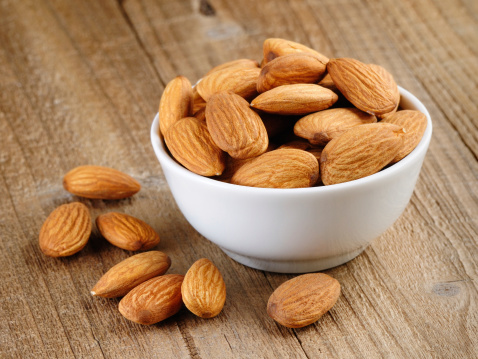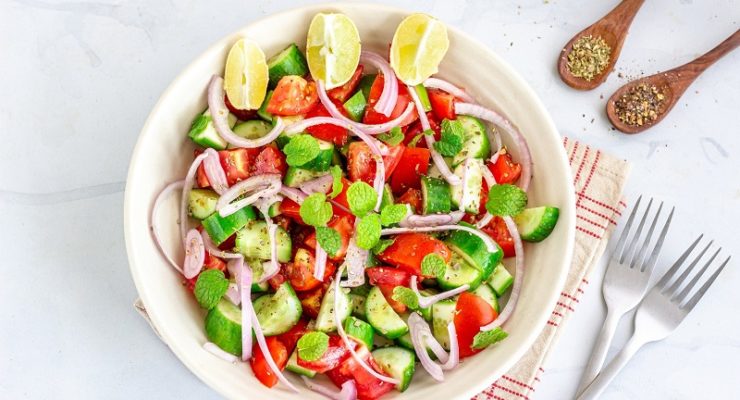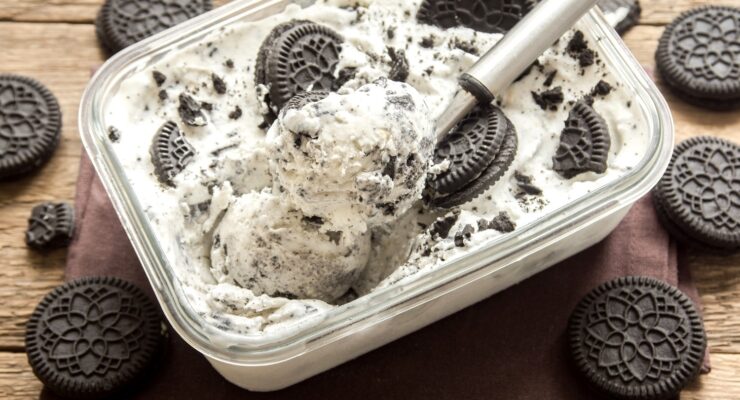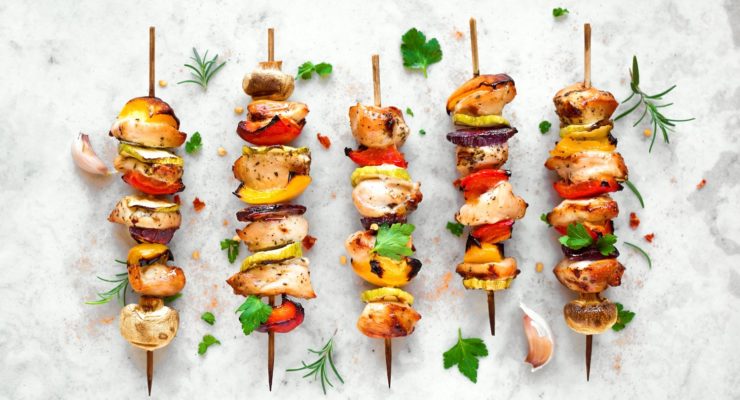5 “Healthy” Habits That Slow Your Weight Loss
Article posted in: Diet & Nutrition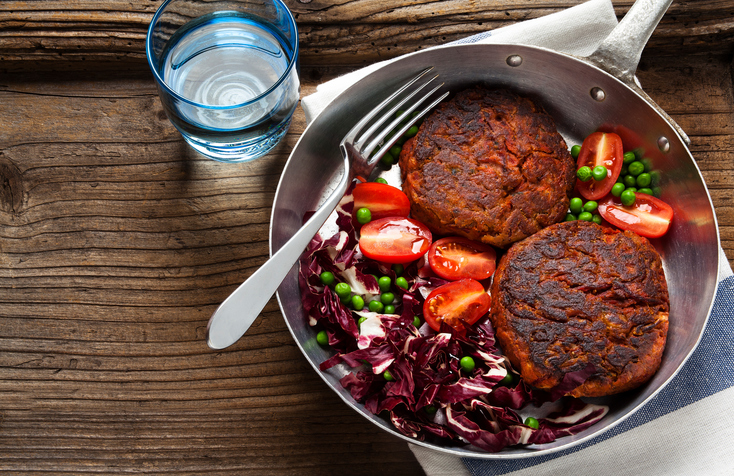
When it comes to living healthy, you’ve got it down pat―you’re eating all the right things and exercising regularly. You’ve even tried all the “plateau-busting” tips out there. And yet, for some reason, you’re not seeing results. Sound familiar?
If this scenario rings true for you, it’s likely that your habits aren’t quite as healthy as you’d thought.
Read on for 5 seemingly healthy habits that may actually be slowing your weight loss progress:
1. You only order salad
You’re out to dinner with friends, and despite their protests, you decide to “behave” and order a salad. But here’s the thing: Salads can be deceivingly destructive to your diet plan. Many are drenched in dressings that are packed with calories, fat and even sugar. Others are covered in cheese and fried toppings. At a popular chain restaurant, one seemingly healthy salad clocks in at a whopping 1440 calories! That’s the caloric equivalent of eating two and a half Big Macs! Sadly, this high-calorie salad trend is more rule than exception: The menu from another popular franchise includes a whole host of salads topping the 1000-calorie mark. To make sure your salad selection doesn’t derail your weight loss progress, here are a few rules of thumb:
1. Swap cream-based dressings for vinegar-based options, and ask for dressings on the side
2. Trade fried or breaded proteins (think chicken strips and bacon) for baked, grilled or steamed options
3. Skip the fried tortilla strips and croutons, and ask for extra crunchy veggies instead
2. You always opt for “fat-free”
While it’s good to be mindful of how much fat you’re eating―especially when it comes to saturated and trans fats―don’t be fooled into thinking that just because a food is fat-free or low-fat, it’s healthy. In the case of many processed foods, low-fat and fat-free versions often contain just as many calories as their full-fat counterparts. Plus, many of these foods have more salt and sugar to make up for the flavor and texture that are removed with the fat. These are not always the best foods to lose weight.
The other thing to keep in mind is that fat is associated with satiety, or that full feeling you get after eating just enough. By removing too much of it from your diet, you risk never quite achieving that full feeling. This might explain why, in a 2012 review published in the European Journal of Nutrition, 18 of 25 studies reported lower body weights, less weight gain, or a lower risk for obesity among full-fat dairy eaters, and none suggested low-fat dairy had any superiority in terms of weight loss.
Although these findings might seem counterintuitive, they were reflected by several similar studies, including a 2013 study in the Scandinavian Journal of Primary Health Care, which found that participants who frequently ate full-fat butter, milk and cream had lower obesity rates than those who avoided dairy fat. So what’s the solution? Since the jury is still out on the optimal amount of fat for weight loss, if you choose to stick with fat-free options, just be sure to read the Nutrition Facts label and Ingredients list to make sure the fat isn’t being replaced with excess sugar or sodium, and to be mindful of the caloric content.
3. You only eat “healthy” foods
Quinoa, almond butter, tempeh, flaxseeds. When it comes to superfoods, your kitchen is stocked. And while it’s great that you’re really embracing a healthy diet, it’s important to remember “nutritious” doesn’t equal “calorie-free.” Even “healthy” foods contain calories―one cup of cooked quinoa can provide 222 calories, and 2 tablespoons of almond butter rounds out at 200+ calories. So it’s still important that you watch your portion sizes because, unfortunately, it is possible to have too much of a good thing.
4. You exercise―a lot
While physical activity is definitely an important part of any weight loss plan―and healthy lifestyle―it is possible to overdo it. Excess exercise has been associated with hormonal imbalances, fatigue, insomnia and depression. Plus, for many people, an extra long run on the treadmill just means an extra fast sprint to the pantry. That’s right: for many, extreme exercising can be a fast pass to overeating. Want to know how to lose body fat? Strive for more than 250 minutes a week (that’s about one hour of exercise, four days a week) of moderate to vigorous activity to reap the weight loss benefits without overdoing it.
5. You drink your fruits and veggies
According to the United States Department of Agriculture, adults should be consuming at least 2 to 3 cups of veggies a day, depending upon age and sex. For those who struggle fitting that much produce into their day, juicing or smoothie-making can be a simple (and tasty!) solution since one cup of 100 percent fruit or vegetable juice is the equivalent of one cup of the respective produce.
With that said, it’s important to check the Nutrition Facts label and Ingredients list when purchasing fruit and veggie drinks, as many are brimming with added sugar and calories. To ensure that you’re only getting the good stuff, make a habit of making your own smoothies. Often, smoothies are a better choice over juices, since they include every part of the produce―including the skin, pulp and fill-you-up fiber. For a tasty smoothie that combines both fruits and veggies and makes 2 servings, try blending 3 cups kale leaves, 1 cup spinach, 2 Swiss chard leaves, 1 medium apple and lemon juice. Want to go less green? Try blending 1/3 cup each of blueberries, strawberries and mango.
Take the next step in your weight loss journey and explore Nutrisystem plans!

